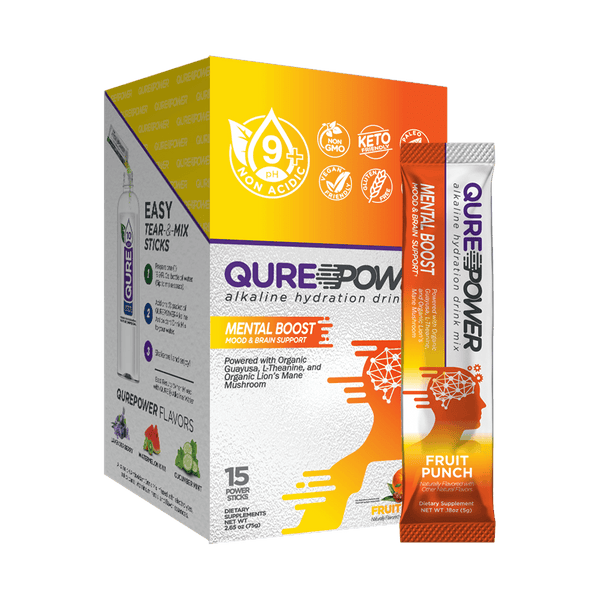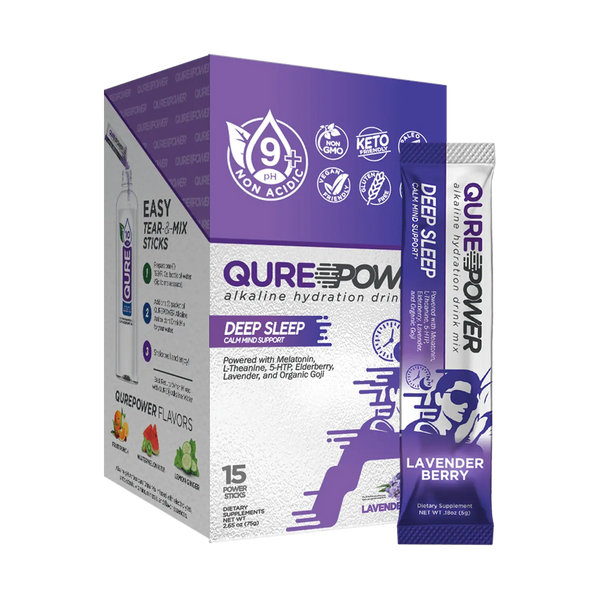There are a lot of things labeled with pH level and a corresponding number. What does the number mean?
Literally, pH means “potential of hydrogen.” Hydrogen is a chemical element that is colorless, odorless, tasteless, non-toxic but highly combustible. It is also considered to be the lightest element.
When it comes to substances, pH is a scale that measures basicity or alkalinity and acidity.
Why is pH Level Important?
Knowing the pH level allows you a better understanding of things that you take in and the things that surround you. Knowing a substance’s acidity or alkalinity will help you adjust certain things.
The pH level ranges from 0 to 14. A substance with a pH level of 7 is neutral, which means it is neither acidic nor alkaline. Anything with a pH level of below 7 is considered acidic, with 0 as highly acidic. On the other hand, a substance with a pH level of more than 7 is considered alkaline.
pH levels have corresponding colors referred to in the universal indicator. Highly acidic levels, from 0 to 3 have different shades of red, with the darker hues indicating the most acidic nature. The colors become lighter as they become less acidic with 4 to 6 changing from orange to yellow.
pH 7 is neutral and takes on the color green. The lower alkaline levels of 8 and 9 have blue-ish hues while 10 to 11 have purple tones. Colors for highly alkaline levels are indigo and violet.
The change in color is not subtle to illustrate the logarithmic difference in the pH levels. For example, pH 6 is 10 times more acidic than 7 while 5 is 100 times more acidic than 7, and 4 is 1,000 times more acidic. The list goes on.
The same level of change happens on the alkaline side, which means that 8 is 10 times more alkaline than 7 and 9 is 1,000 times more alkaline than 7, and so on and so forth.
If something is too acidic, then you’ll know what to do to make it less so.
Let’s be more specific:
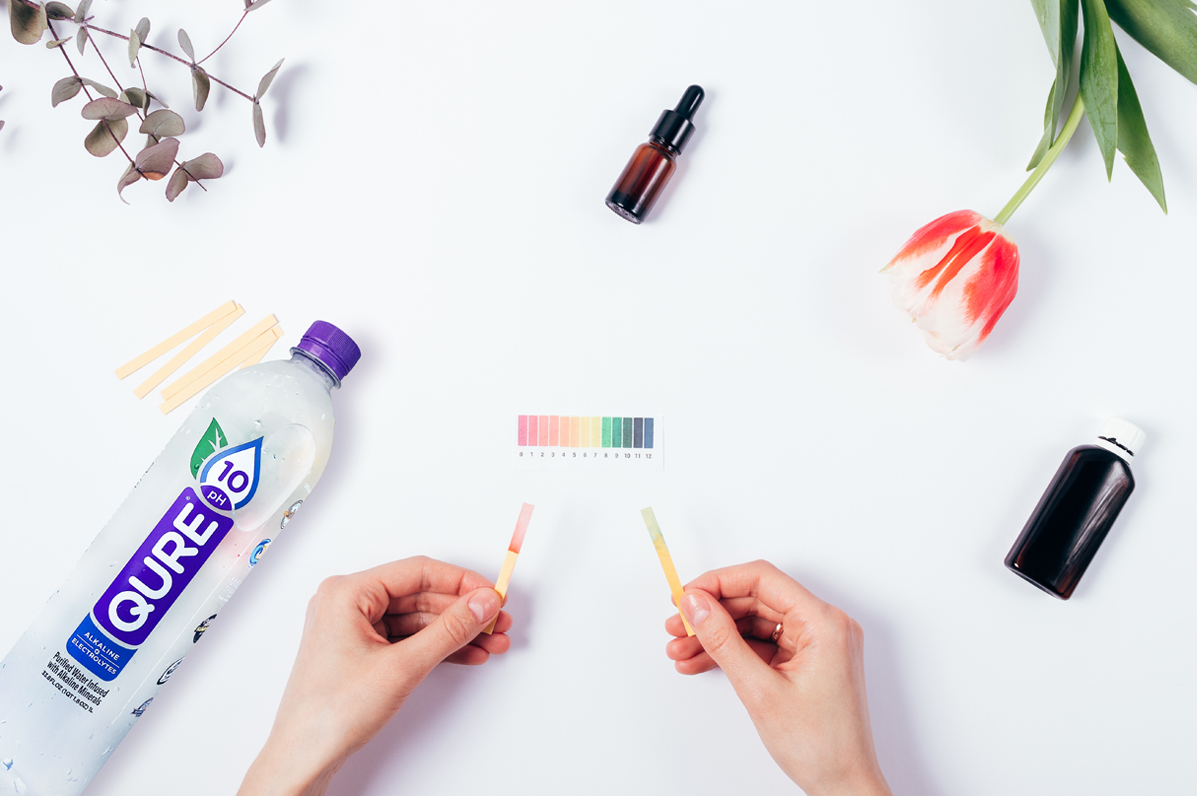
Soil
It’s important to know if your soil is acidic or not, especially if you plan to have a garden. If your soil is acidic, then you can make adjustments. You could either grow plants that thrive in acidic soil or you could adjust and make the soil less acidic.
The more acidic soil, which has a pH level of 5.5 or lower, will create problems for the plants. Generally, plants prefer a soil that is slightly acidic to neutral or about 5.5 to 7. An acidic soil doesn’t have enough nitrogen, phosphorous, potassium, and magnesium, which are all important nutrients in order for plants to grow healthy.
Packaged food
The pH value of packaged food could determine its shelf life. When the value is really low, bacteria and molds will cease to grow. This is why the more acidic products don’t spoil as easily as fresh produce.
Stomach
Your stomach needs to have a lower pH value in order to properly digest food. The stomach pH level should be 2 or lower. Too much or too little stomach acid could result in discomfort.
Skin
Knowing skin pH is very important if you want to have a healthy skin. The ideal skin pH value is on the acidic side in order to fight off microbes and free radicals that could damage skin. Knowing your skin pH will help you identify the right products to use to keep your skin healthy.
Water
Aquatic life generally cannot tolerate both highly acidic and highly alkaline water. Most fish flourish in an environment with a pH level of between 6 and 9.
Drinking water
There are many different types of drinking water, from tap to mineral, sparkling, purified, and alkaline, among others. These have different pH levels. For example, tap water is usually about pH 7.5. Most bottled waters have pH levels ranging from 6.5 to 7.5. The pH of alkaline water is obviously more than 7.
There are bottled alkaline waters that are just slightly alkaline with a pH level of 8. There are also those with high pH water of 10.
Significance of the pH of alkaline water
Most beverages are acidic, with pH levels ranging from 3 and 6. Purified and distilled drinking water, for example, usually has a pH level of 6.
Coffee has a pH level of 5. The same goes for sugary drinks. Beer, for its part, usually has a pH level of 4. Sodas and energy drinks have a pH level of 3 or lower.
On the other side of the scale, cleaning products are usually alkaline.
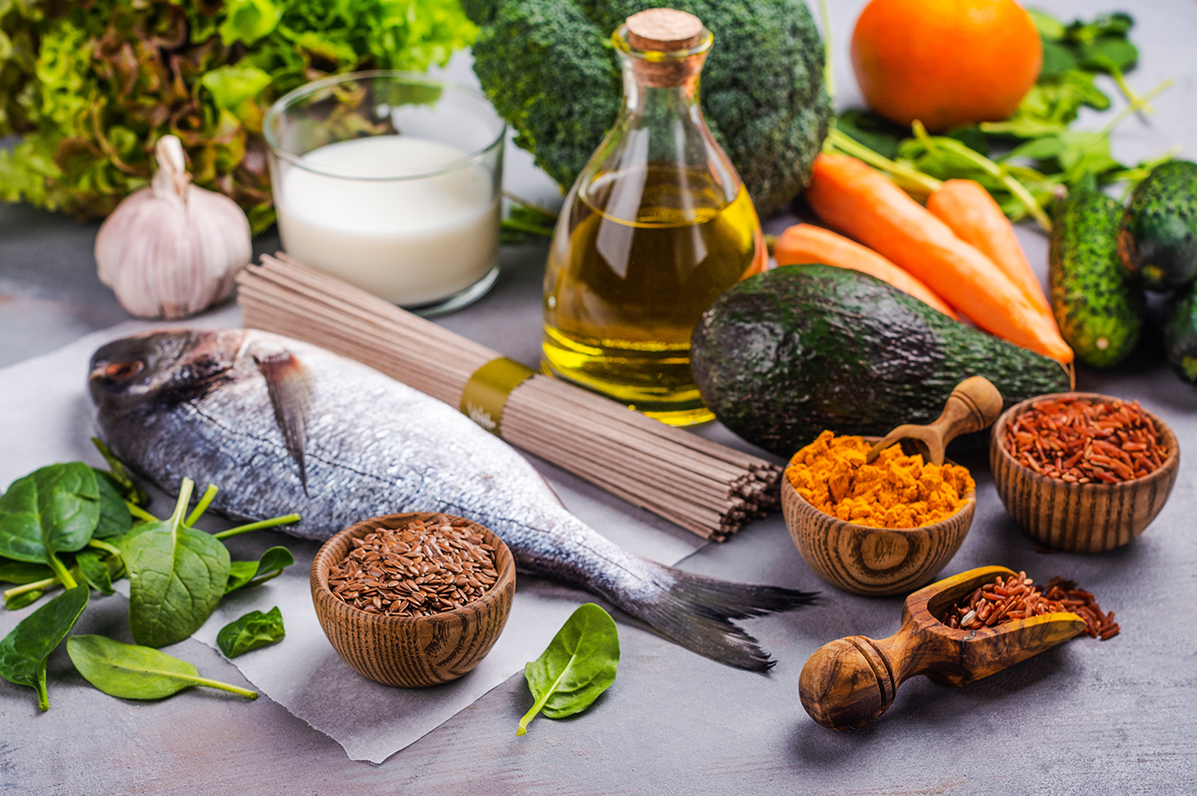
Here are some pH values of common substances, according to the Environmental Protection Agency and Science Notes:
Muriatic acid and battery acid – 0
Stomach acid – 1
Lemon juice and vinegar – 2
Coke and Pepsi – 2.5
Grapefruit and orange juice – 3
Sparkling Flavored Drinks – 3
Apple and pickles – 3.5
Canned Foods – 3.5 to 5
Most microwavable instant meals – 3.5 to 5
Nutritional supplements – 3.5 to 5
Most medications – 3.5 to 5
Beer, wine, and tomato juice – 4
7-Up and banana – 4.5
Black coffee, bread, and Pepto Bismol – 5
Milk and butter – 6
Pure water – 7
Baking soda and eggs – 8
Alkaline water – 8 to 10
Toothpaste and handsoap – 9
Mild detergent – 10
Household ammonia and cleaners – 11
Hair straighteners – 11.5 – 14
Lime – 12
Bleach – 13
Liquid drain cleaner and caustic soda – 14
In our world of convenience, we are constantly eating and drinking acidified foods and beverages to a point that 20% of the world population and about 70 million Americans suffer from over-acidic ailments like an upset stomach, heartburn, acid reflux, and GERD (gastroesophageal reflux disease). These people are constantly mitigating their discomfort with antacid medications, but over time these drugs give birth to another set of health ailments.
There are not a lot of low acids or alkaline choices in packaged foods and beverages in the marketplace due to manufacturing regulations that acidify packaged foods and beverages to mitigate bacterial growth to achieve a longer shelf life. Acidifying packaged foods and beverages is a necessary evil that over time taxes our bodies with over-acidity ailments.
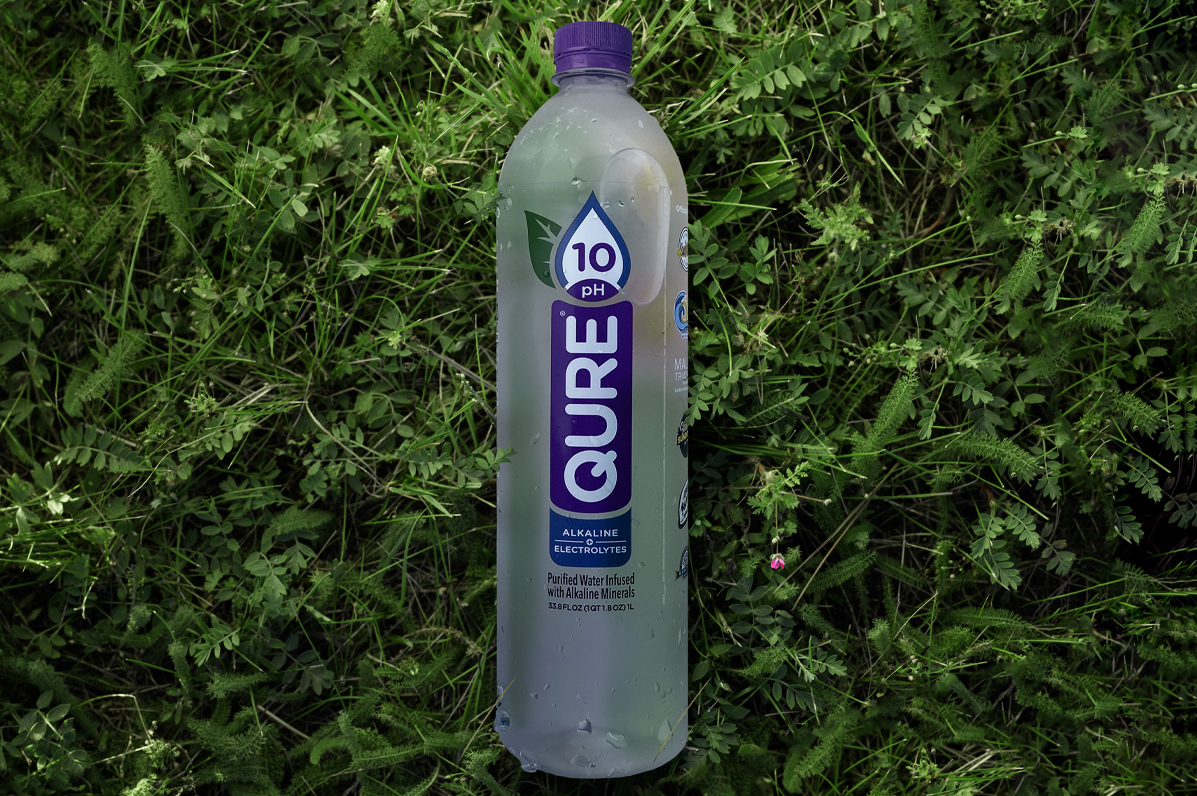
QURE Alkaline Water is high-pH water with a pH value of 10. It is made with naturally occurring ionic alkaline minerals and electrolytes such as calcium, magnesium, potassium, selenium, and zinc. These healthy good-for-you minerals were infused in the cleanest liquid delivery vehicle possible (pristine clean water) to help the body hydrate with the alkaline minerals the body needs most for balance.
The product is sodium-free, fluoride-free, and BPA-free.
The water undergoes multiple stages of the company’s proprietary reverse osmosis with distillation filtration to assure drinkers that impurities, particularly the harmful ones, have been removed.
The water is sourced from spring water before it undergoes filtration and percolation through natural rich layers of minerals. It simulates the natural process of the water cycle seeping through mineral rock layers.
Then there is the process referred to as “QURATION” which pertains to the bonding synergy of mineral to water to establish potent alkalinity for two years, as well as stability of the structure.
To give QURE Alkaline Water that distinct silky smooth taste, the water also goes through layers of coconut carbon and micro-mesh filtration. To perfect that crisp feel, the final stage involves ultraviolet and ozonation sterilization.
pH Level and Hydration
The next time you see a pH level on a product, you have to pay attention to it. The pH value is not just a random number. It indicates the acidity or alkalinity of a product, which could be essential for your health and the health of other living things.
Plants need to grow in soil with the right pH–slightly acidic. Your skin also needs to be at the right pH to be considered healthy and balanced.
pH value is also present in water. It is also essential to know the pH level of the water you are drinking to know if it is on the acidic or alkaline side. Proper hydration is essential in staying healthy and living a quality life.
QURE Alkaline Water is sure to keep you hydrated. It is designed to refresh, renew, and revitalize your body.




